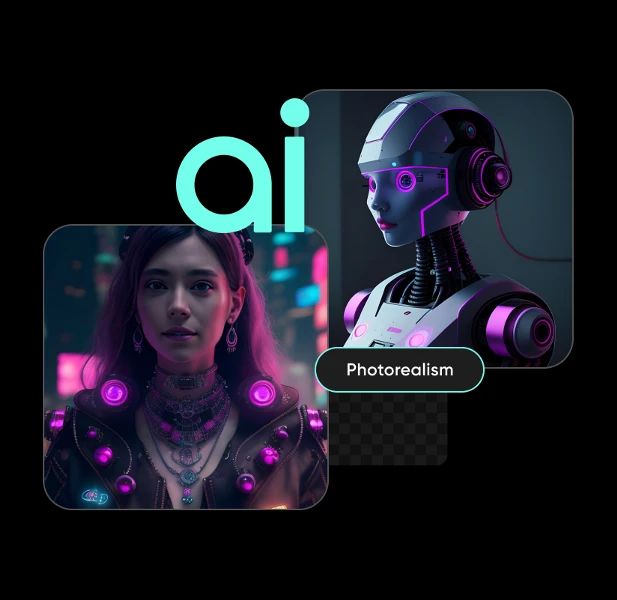In recent years, the field of artificial intelligence (AI) has made significant strides in generating realistic and high-quality images. From breathtaking landscapes to stunning portraits, AI algorithms are now capable of creating visuals that are often indistinguishable from those produced by human artists. This advancement has sparked widespread interest and debate, raising questions about the implications for various industries, from entertainment to advertising, and even the ethical considerations surrounding AI-generated content.
In this article, we will delve into the latest trends in AI-generated images, exploring the technology behind them, their applications, and the potential impact on society.
The Rise of Generative Adversarial Networks (GANs):
At the forefront of the AI-generated image revolution are Generative Adversarial Networks (GANs). Developed by Ian Goodfellow and his colleagues in 2014, GANs consist of two neural networks – a generator and a discriminator – locked in a continuous game of cat and mouse.
The generator attempts to create realistic images, while the discriminator's role is to distinguish between real and generated images. Through iterative training, the generator learns to produce increasingly convincing images, while the discriminator improves its ability to differentiate between real and fake.
This adversarial training process has led to remarkable advancements in image generation, with GANs capable of producing photorealistic images across various domains, including art, fashion, and even medical imaging.
Applications Across Industries:
The impact of AI-generated images spans across a multitude of industries, revolutionizing how content is created and consumed. In the world of entertainment, AI algorithms are being used to generate lifelike characters and environments for video games and movies, reducing the need for costly and time-consuming manual animation.
In advertising and marketing, AI-generated imagery is enabling brands to create personalized content at scale, tailored to the preferences of individual consumers. This has the potential to transform advertising campaigns, making them more engaging and relevant to target audiences.
Moreover, in fields such as design and architecture, AI-generated images are aiding professionals in visualizing concepts and prototypes, allowing for faster iteration and exploration of ideas.
Ethical Considerations and Challenges:
Despite the numerous benefits of AI-generated images, their proliferation also raises ethical concerns and challenges. One such concern is the potential for misuse, including the creation of deceptive or misleading content.
With AI becoming increasingly proficient at generating convincing images, there is a risk of malicious actors using this technology to create fake news, propaganda, or counterfeit products. Addressing these challenges will require collaboration between technologists, policymakers, and society as a whole to develop safeguards and regulations to mitigate potential harms.
Furthermore, there are concerns regarding the impact of AI-generated images on the creative industry and the livelihoods of artists. As AI algorithms become more capable of producing artwork, there is a fear that human creativity and craftsmanship may be devalued or displaced. However, proponents argue that AI can serve as a tool for augmentation rather than replacement, empowering artists to explore new creative frontiers.
The Future of AI-Generated Images:
Looking ahead, the future of AI-generated images holds immense promise and potential. As research in this field continues to advance, we can expect even greater realism, diversity, and creativity in the images produced by AI algorithms.
Moreover, with the integration of other emerging technologies such as augmented reality (AR) and virtual reality (VR), AI-generated images will offer immersive and interactive experiences that blur the line between the virtual and physical worlds.
However, realizing this vision will require ongoing investment in research and development, as well as a commitment to addressing the ethical and societal implications of AI-generated content.
Conclusion:
The era of AI-generated images is upon us, transforming how we create, consume, and interact with visual content. From entertainment and advertising to design and beyond, the applications of AI-generated imagery are vast and diverse.
As we navigate this rapidly evolving landscape, it is essential to remain vigilant to the ethical considerations and challenges that accompany these advancements. By harnessing the power of AI responsibly and ethically, we can unlock its full potential to enhance creativity, innovation, and human expression.






